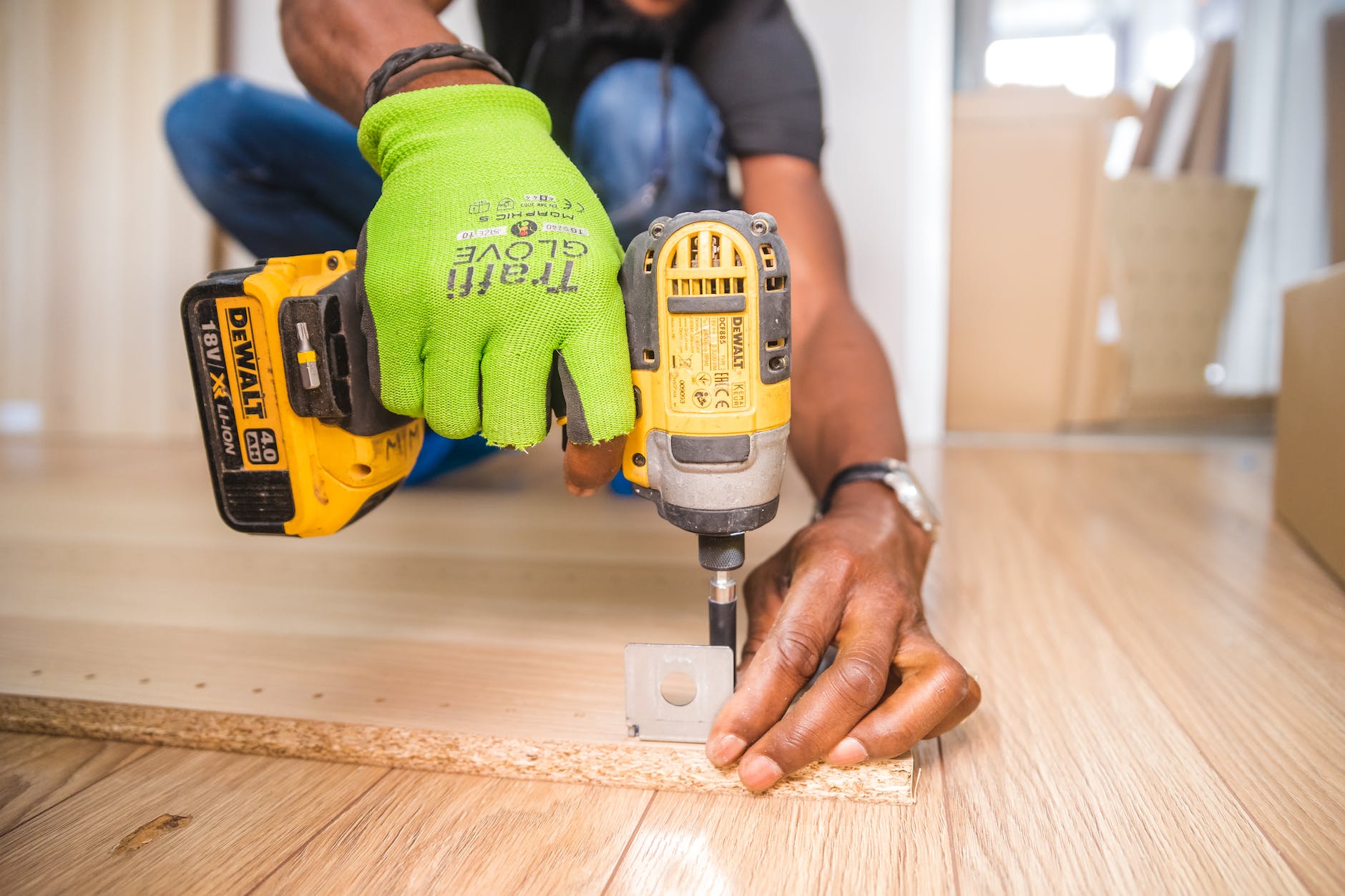
Tool and Equipment Safety: Protecting Lives and Limbs
Introduction
Tool and Equipment Safety : In various industries and professions, the use of tools and equipment is an everyday occurrence. From construction sites to manufacturing facilities, these tools play a pivotal role in getting the job done efficiently. However, with great power comes great responsibility. It’s essential to prioritize tool and equipment safety to protect not only the equipment itself but, more importantly, the lives and limbs of those who operate them.
The Importance of Tool and Equipment Safety
What is Tool and Equipment Safety?
Tool and equipment safety encompass a set of practices and guidelines designed to ensure the safe use, maintenance, and storage of tools and equipment in various work settings. These safety measures aim to prevent accidents, injuries, and damage to both equipment and property.
Why Does it Matter?
1. Protecting Workers: The primary reason for tool and equipment safety is to safeguard the individuals who use these tools. Accidents can result in severe injuries or even fatalities.
2. Preserving Equipment: Proper maintenance and safe usage extend the lifespan of tools and equipment, saving money in the long run.
3. Avoiding Downtime: Accidents and equipment damage can lead to costly downtime in a business or project. Adhering to safety protocols keeps operations running smoothly.
4. Compliance: Many industries are subject to regulatory standards that require strict adherence to safety guidelines. Non-compliance can lead to fines and legal consequences.
Safe Handling of Tools and Equipment
Training and Education
1. Know Your Tools: Familiarize yourself with the tools and equipment you’ll be using. Understand their functions, limitations, and potential hazards.
2. Training Programs: Employers should provide comprehensive training programs for employees, covering safe operation, maintenance, and emergency procedures.
Maintenance and Inspection
1. Regular Inspections: Inspect tools and equipment before each use. Look for signs of wear and tear, loose parts, or damage.
2. Maintenance Schedules: Follow recommended maintenance schedules provided by the manufacturer. Regular servicing ensures tools remain in top condition.
Proper Storage
1. Secure Storage: Store tools and equipment in designated areas when not in use. Ensure they are protected from the elements and potential theft.
2. Lockout/Tagout: For equipment with energy sources (such as electrical or hydraulic), employ lockout/tagout procedures to prevent accidental startup during maintenance.
Safe Operation
1. Wear Appropriate PPE: Personal Protective Equipment (PPE) like gloves, safety goggles, and helmets should be worn when necessary.
2. Follow Manufacturer Guidelines: Adhere to the manufacturer’s instructions for proper use. Overloading or misusing equipment can lead to accidents.
3. Stay Focused: Avoid distractions and stay attentive while operating tools and equipment. Fatigue or inattention can lead to errors.
Emergency Preparedness
1. Emergency Response: Have clear procedures in place for responding to accidents or equipment malfunctions. Ensure that first-aid kits and emergency contact information are readily available.
2. Reporting Incidents: Encourage reporting of all incidents, no matter how minor, to identify potential safety improvements.
Silica Dust Exposure in Construction
Electrical Hazards in Construction
The Importance of Fall Protection
Welding Hazards and Precautions
Conclusion
Tool and equipment safety is not an option; it’s a responsibility that every worker and employer must prioritize. By following proper safety measures, conducting regular inspections, and investing in education and training, we can significantly reduce the risk of accidents and injuries in the workplace. Remember, when it comes to tools and equipment, safety should always come first.
FAQs
1. What are some common tools and equipment safety hazards?
Common hazards include electrical shock, falling objects, sharp edges, and equipment malfunctions.
2. Are there industry-specific safety regulations for tools and equipment?
Yes, many industries have specific safety regulations and standards that must be followed. For example, construction sites have their own set of safety guidelines.
3. Can using damaged tools or equipment be dangerous?
Yes, using damaged tools or equipment can be extremely dangerous. It can lead to accidents, injuries, and even fatalities. Always inspect tools before use.
4. How often should tools and equipment be inspected?
Tools and equipment should be inspected before each use and regularly scheduled maintenance checks should be performed as per manufacturer recommendations.
5. What should I do in case of an accident involving tools or equipment?
In case of an accident, prioritize safety. Administer first aid if needed and report the incident to your supervisor or employer immediately.
























